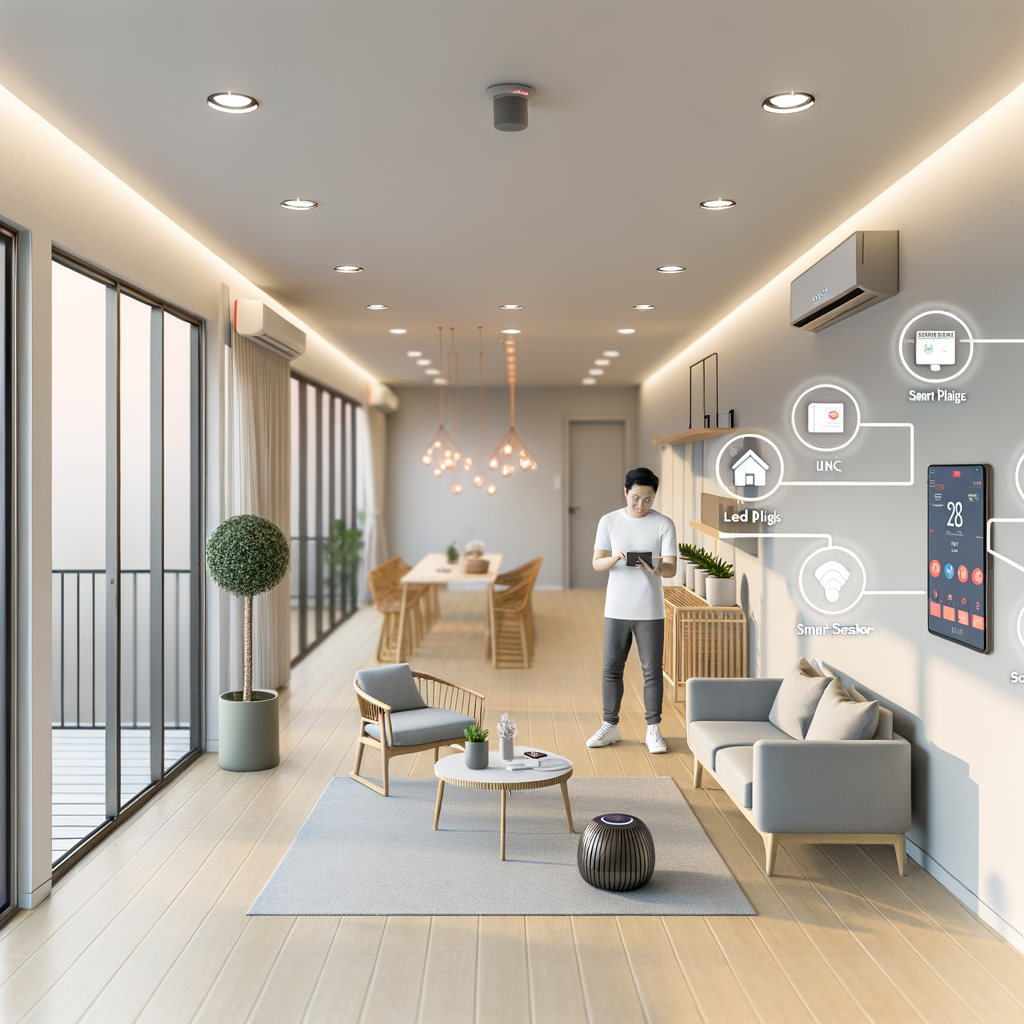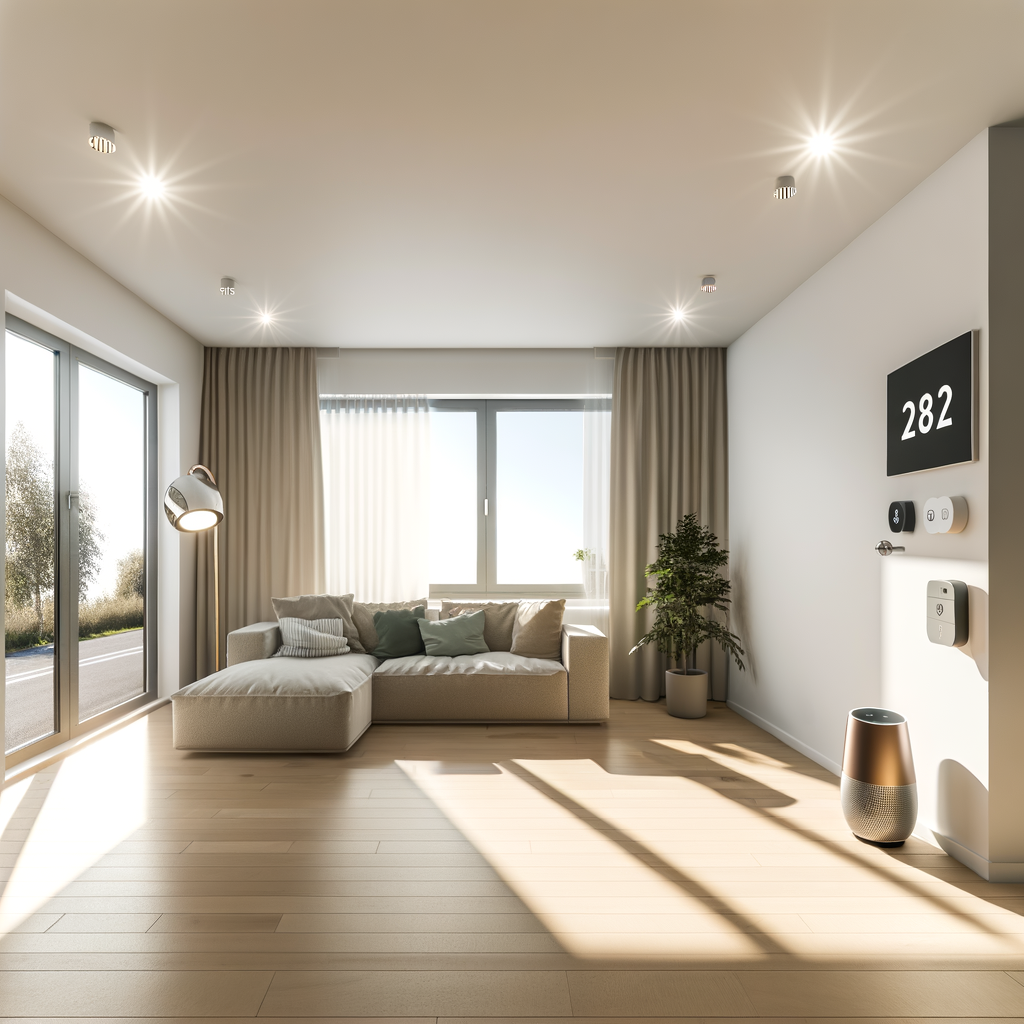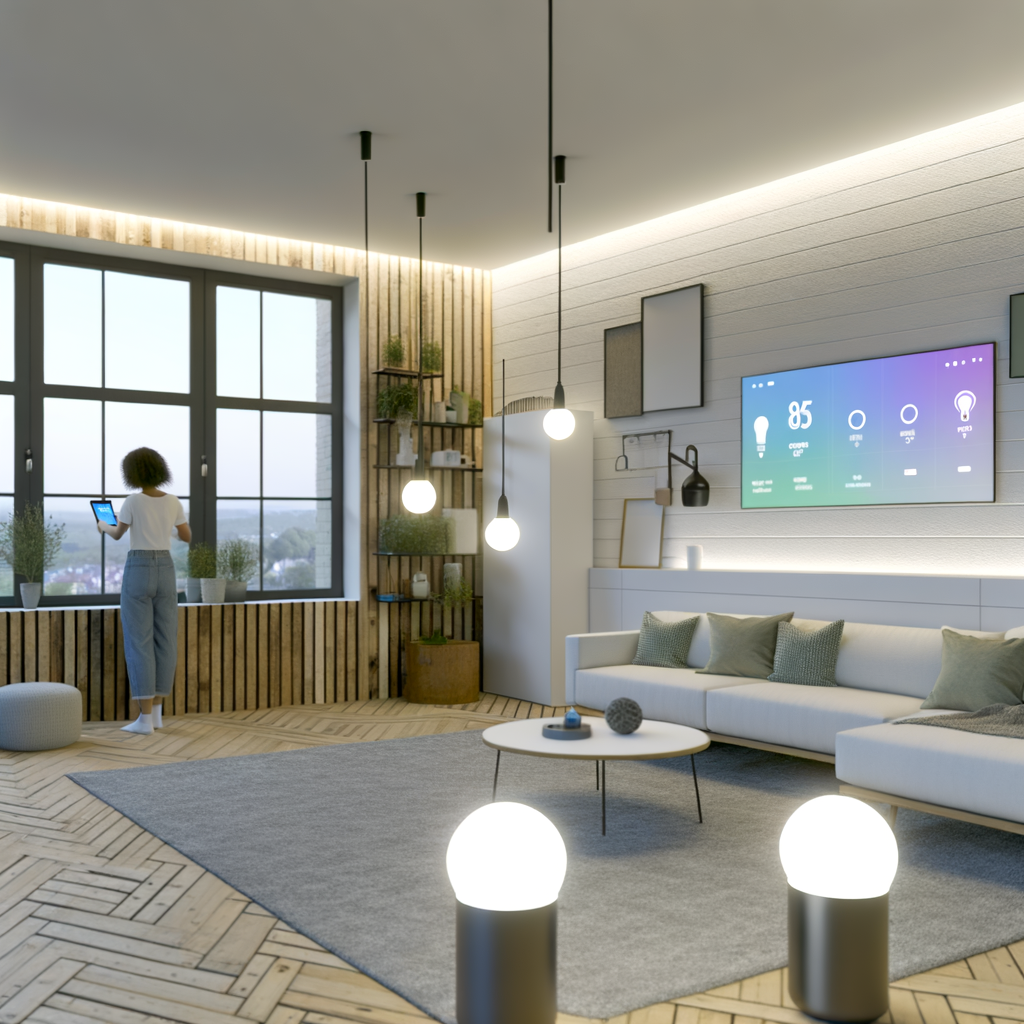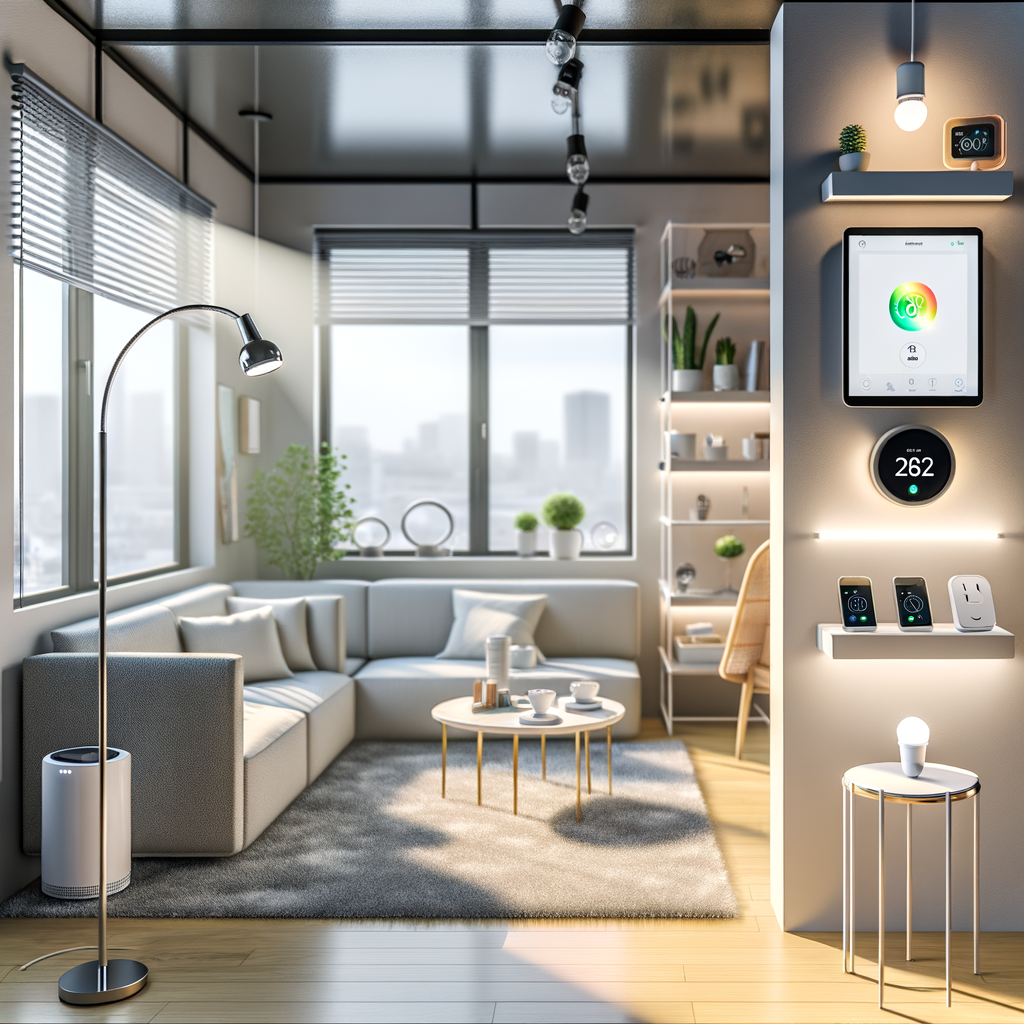Myth-Busting Smart Homes: 7 Common Misconceptions Renters Have About Green Tech
Smart home technology isn’t just for homeowners or tech enthusiasts. Today’s eco-friendly gadgets can dramatically improve your apartment’s comfort, reduce energy bills, and minimize your carbon footprint—all without major renovations or long-term commitments. But persistent myths keep many renters from harnessing the power of green home tech.
Let’s separate fact from fiction with a deep dive into 7 common misconceptions renters have about smart homes and eco-friendly technology. We’ll also share practical tips to help you get started with confidence.
Why Should Renters Care About Smart Home Green Tech?
Smart, sustainable devices offer real-world benefits for renters:
- Lower energy bills
- Increased comfort and convenience
- Simple installation and removal
- Reduced carbon footprint
- Improved security and peace of mind
Yet misconceptions often prevent renters from exploring these perks. Let’s tackle the most common myths head-on.
Myth 1: “Smart Home Devices Are Only for Homeowners”
Many renters assume they can’t install smart tech because they don’t own their dwelling. But that’s simply not true!
Why This Myth Exists
- Concern over making permanent changes
- Fear of damaging walls or fixtures
- Assumption that landlords won’t approve
The Reality
- Most smart home devices are non-invasive. Many modern gadgets use adhesive strips, plugs, or battery power—no drilling or rewiring needed.
- Easy to install and remove. You can take these devices with you when you move.
- Landlords often approve (or don’t notice) non-permanent upgrades.
Actionable Advice
- Prioritize plug-in, battery-powered, and adhesive-mounted devices.
- Check your lease and communicate with your landlord if necessary.
- Keep original fixtures and packaging to restore the unit when you leave.
Myth 2: “Smart Tech Is Too Complicated to Install or Use”
This misconception prevents many renters from even trying smart home upgrades.
Why This Myth Exists
- Assumption that you need technical skills
- Fears about setting up WiFi, apps, or automations
- Bad experiences with old, clunky smart devices
The Reality
- Most devices are plug-and-play and take less than 10 minutes to set up.
- Apps guide you step-by-step, often with videos or live support.
- Voice assistants (like Alexa, Google Assistant, or Siri) make daily use simple—even for tech novices.
Actionable Advice
- Start with one device at a time (such as a smart plug or LED bulb).
- Choose products with high ratings and easy setup (read reviews before buying).
- Utilize manufacturer support or YouTube tutorials if you get stuck.
Myth 3: “Smart Home Upgrades Are Expensive”
While some high-end systems cost thousands, you don’t need to go all-in to benefit from green tech.
Why This Myth Exists
- Luxury smart home showcases set unrealistic expectations
- Perception that technology is always expensive
The Reality
- Entry-level green tech is affordable and pays for itself. You can buy a starter kit for under $50.
- Smart plugs, bulbs, and thermostats reduce your energy bill immediately.
- You can upgrade one device at a time (no need for a big investment upfront).
Actionable Advice
- Calculate your current energy costs—target gadgets that make a clear impact (like lights, HVAC, or appliances).
- Look for rebates from your energy provider for certain devices, such as smart thermostats or LED bulbs.
- Set a monthly “green tech” budget and upgrade step-by-step.
Myth 4: “Smart Tech Doesn’t Work in Old Apartments”
Don’t let old wiring or architecture hold you back. Most smart home devices are designed for maximal compatibility.
Why This Myth Exists
- Outdated electrical or HVAC systems
- Lack of dedicated “smart home” wiring
- Worries about WiFi coverage
The Reality
- Plug-in and battery-powered smart devices work regardless of building age.
- Most require only a normal outlet and WiFi signal.
- WiFi range extenders can fix weak signal issues in thick-walled apartments.
Actionable Advice
- Choose wire-free and plug-in smart devices.
- If you have connectivity issues, use a WiFi extender or mesh network.
- Test devices before buying in bulk—most work seamlessly, but a trial run prevents wasted money.
Myth 5: “Landlords Don’t Allow Smart Devices”
Renters often assume all smart home upgrades are banned by landlords, but there’s plenty you can do without modifying the property.
Why This Myth Exists
- Traditional lease restrictions on modifications
- Misunderstandings about what counts as a “modification”
The Reality
- Plug-in, stand-alone, and adhesive devices are rarely restricted.
- Most landlords only care about permanent wiring changes or visible alterations.
- Smart home upgrades can actually make your landlord’s property more attractive to future tenants.
Actionable Advice
- Read your lease agreement and abide by its terms.
- Stick to non-permanent, non-wired devices (bulbs, smart plugs, battery cameras).
- Get written approval if in doubt—many landlords will say yes, especially to energy-saving or security upgrades.
Myth 6: “Smart Devices Don’t Save Much Energy”
Some renters believe the energy savings are insignificant or just “gimmicky.” However, the data proves otherwise.
Why This Myth Exists
- Assumption that manual control is just as effective
- Unfamiliarity with device features (like automation or away modes)
The Reality
- Smart thermostats can cut heating and cooling costs by 10–23% annually.*
- LED smart bulbs use 75% less energy than incandescent bulbs and last 25 times longer.
- Smart plugs help eliminate “vampire” power draw from idle electronics.
*Source: U.S. Department of Energy
Actionable Advice
- Set schedules and automation for lights, plugs, and thermostats (no more forgetting to turn things off).
- Monitor your utility bills to track savings over time.
- Take advantage of “eco-modes” and energy reports offered by many devices.
Myth 7: “You Can’t Take Smart Home Devices When You Move”
Worried about losing your investment? The vast majority of smart home gadgets are fully portable.
Why This Myth Exists
- Confusion with permanent fixtures like thermostats or hardwired systems
- Lack of clarity about what’s considered “attached” property




